October is National Train Your Dog Month, and there’s no better time to embark on a rewarding journey of training your furry friend. From mastering obedience to conquering behavioral challenges, here are invaluable dog training tips to ensure a harmonious and happy partnership with your canine companion.
1. Embrace Positive Reinforcement Techniques
The consensus among veterinarians is clear: positive reinforcement is the gold standard of dog training. Instead of focusing on punishing undesirable behavior, concentrate on rewarding your dog for good conduct. Rewarding good behavior reinforces the connection between positive actions and rewards. However, ensure you don’t inadvertently reward unwanted behavior; for example, don’t acknowledge jumping or excessive barking. Wait until your pup calms down before offering attention.
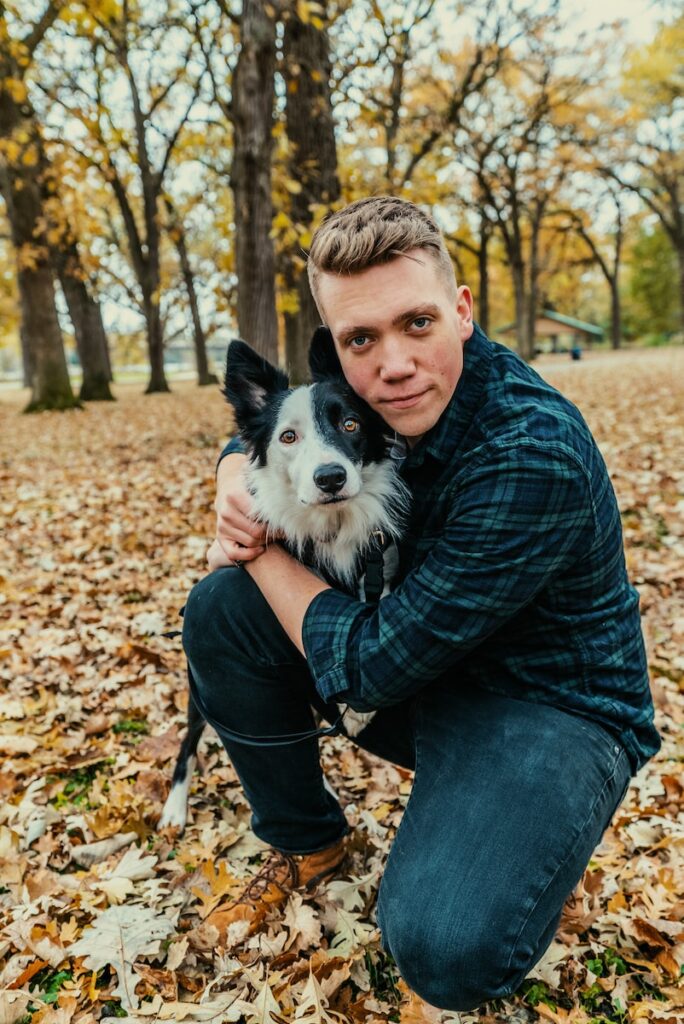
2. Find the Perfect Reward
Every dog has unique preferences when it comes to rewards. Some are food-motivated and eagerly respond to edible treats, while others favor soft, chewy delights over hard, crunchy ones. Some may not be particularly interested in food at all, making experimentation with other rewards essential. A quick play session with a favorite toy or an abundance of affection can work wonders for these pups.
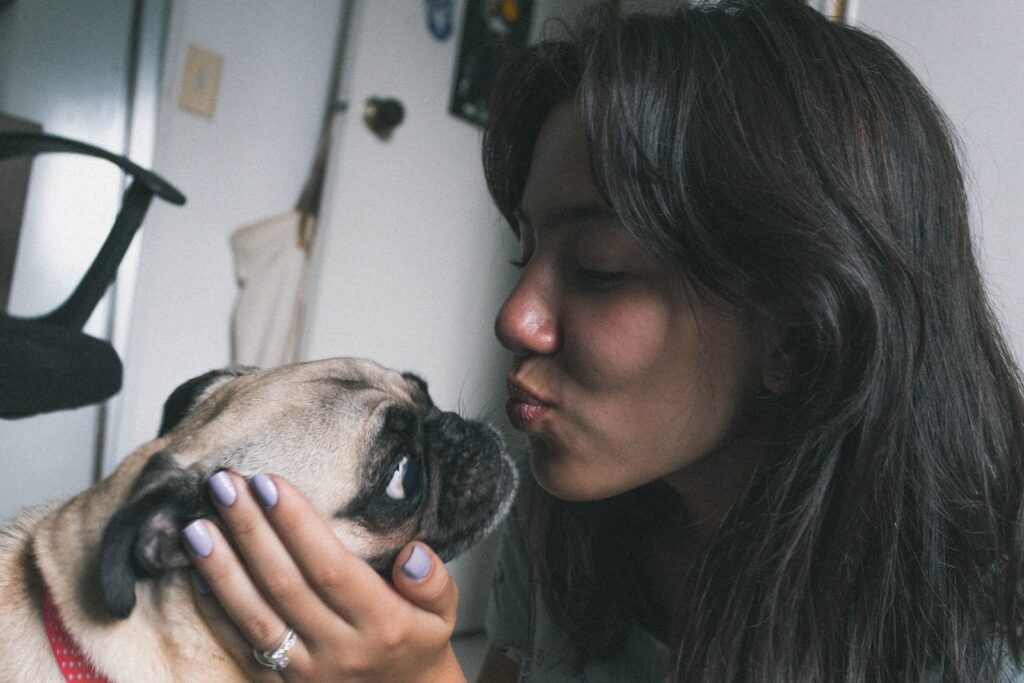
3. Consistency Is Key
Consistency is probably the most important of the dog training tips. This consistency applies not only to the commands you use but also to how different family members interact with your dog. A uniform approach in your household ensures that your pup comprehends and learns new habits effectively.
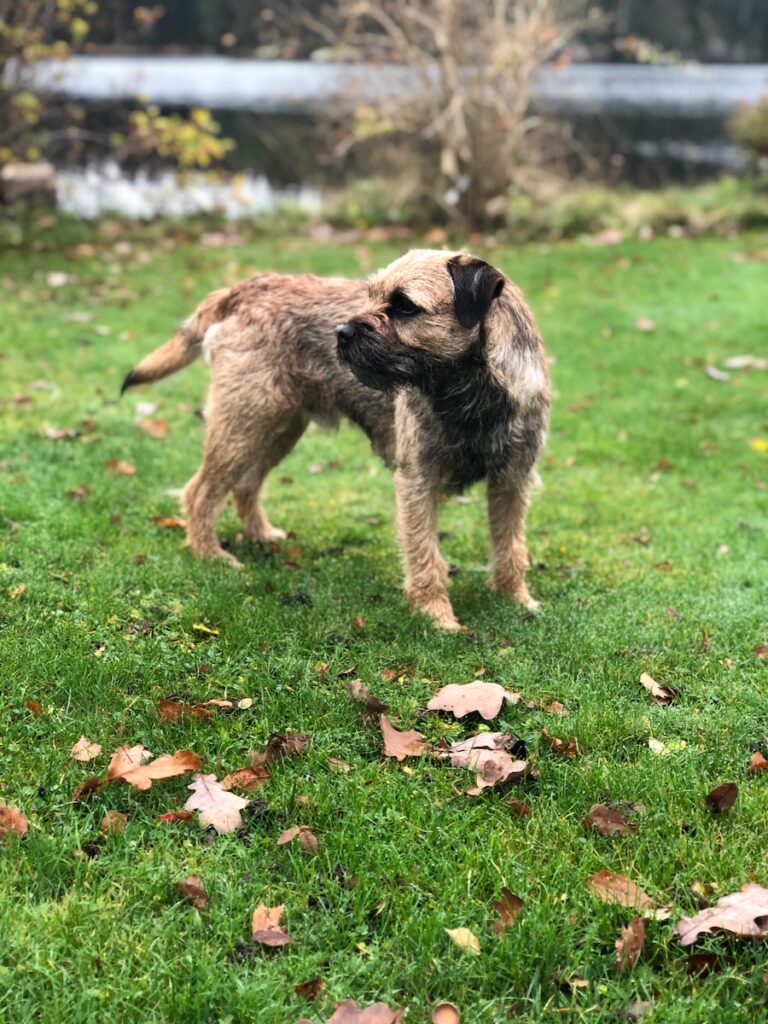
4. Short and Frequent Training Sessions
Short, frequent training sessions are more effective than lengthy ones. The American Kennel Club recommends keeping sessions to a maximum of five minutes to maintain your dog’s focus. Additionally, dogs may struggle to generalize commands to different situations. To overcome this challenge, vary your training sessions by changing locations, involving different people, and introducing various levels of distraction.
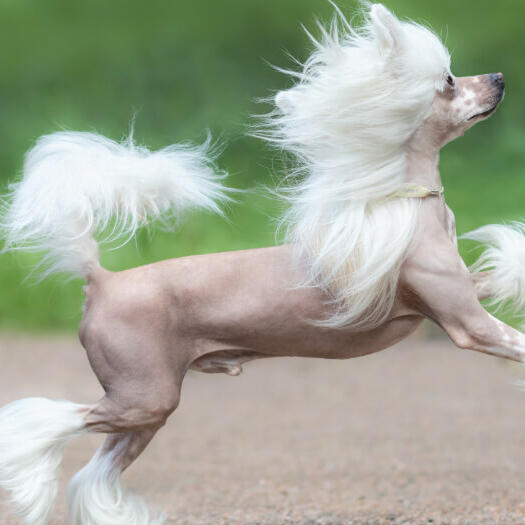
5. Build Complex Behaviors in Stages
When tackling intricate behaviors or modifying unwanted ones, breaking them down into smaller parts can be highly effective. For example, if you’re teaching your dog to “come,” praise and reward them for every small step toward compliance. Gradually add more steps as your pup gets the hang of it.
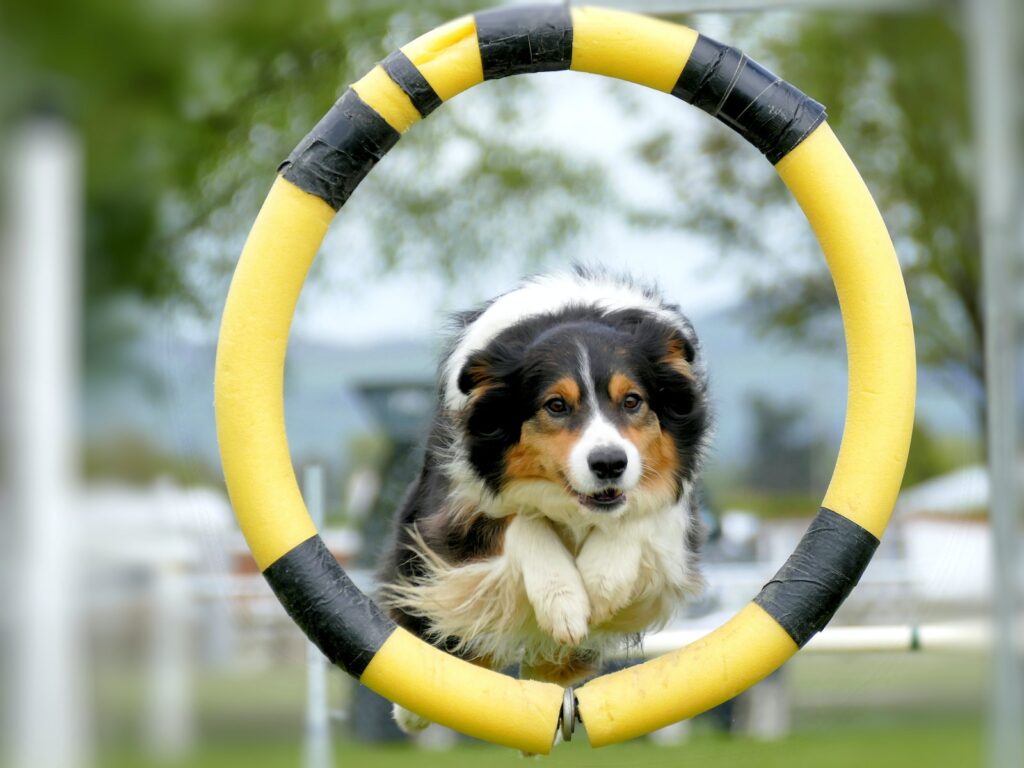
6. Keep Training Fun
Dog training should be a joyful experience for both you and your furry companion. Maintaining a positive atmosphere and incorporating brief play sessions between repetitions keeps things interesting. Consider introducing tricks into your training routine; humans naturally respond with enthusiasm when dogs perform tricks, which, in turn, delights your canine.
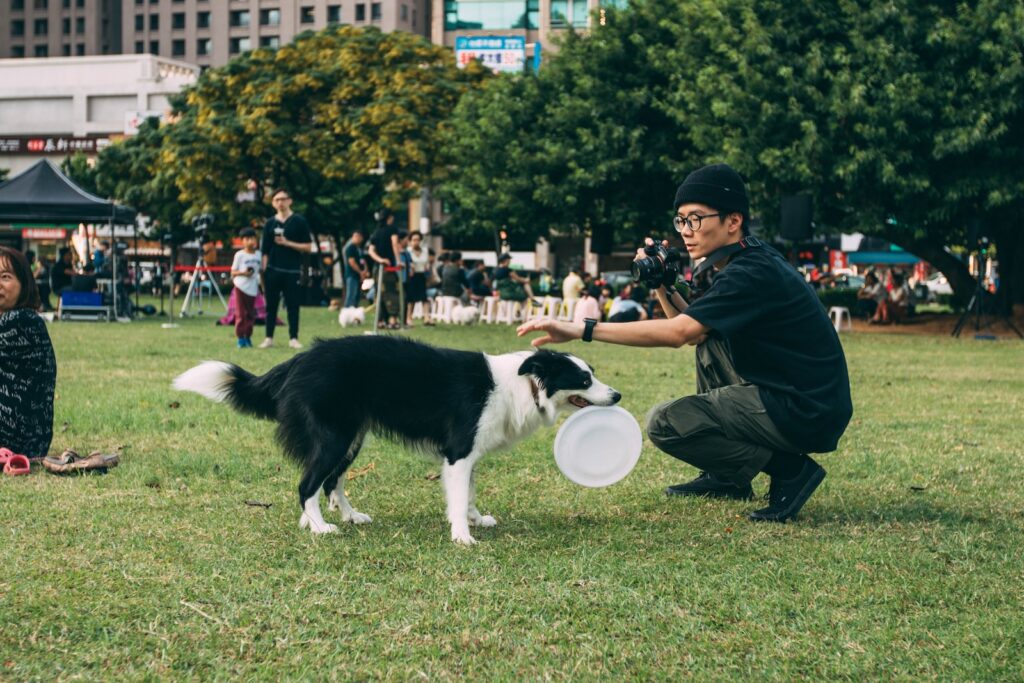
7. Celebrate Small Wins
Don’t forget to celebrate the small victories. While focusing on the ultimate training goals is important, praising your dog for any improvement, no matter how minor, keeps you both motivated.

8. Integrate Training into Daily Life
Incorporate training into your daily routine. Ask your dog to perform a command before mealtime, walks, or play sessions. This approach makes it easier to include several short training sessions throughout the day.

9. Combine Verbal and Hand Signals
Many dogs respond better to hand signals than verbal commands. You can use both, starting with hand signals and later introducing the corresponding verbal command.

10. Seek Professional Assistance
If you encounter difficulties in training your dog, don’t hesitate to seek the guidance of a professional dog trainer or join a training class. Experienced trainers possess a wealth of knowledge to help you and your pup overcome various challenges. Be sure to choose a trainer who uses positive reinforcement techniques and consider reading reviews or requesting references.
For a harmonious partnership with your dog, reward-based training, consistency, and a sprinkle of fun are your greatest allies. Remember, every dog is unique, so adapt your training to their individual needs. With the right approach, you can embark on a rewarding journey of training your furry friend.
Speaking of which, if you’re interested in a comprehensive dog training program that immerses you in the fundamentals of dog training, I highly endorse Adrienne Farricelli’s “Brain Training For Dogs” program.
Remember, these dog training tips are only the tip of the iceberg!

